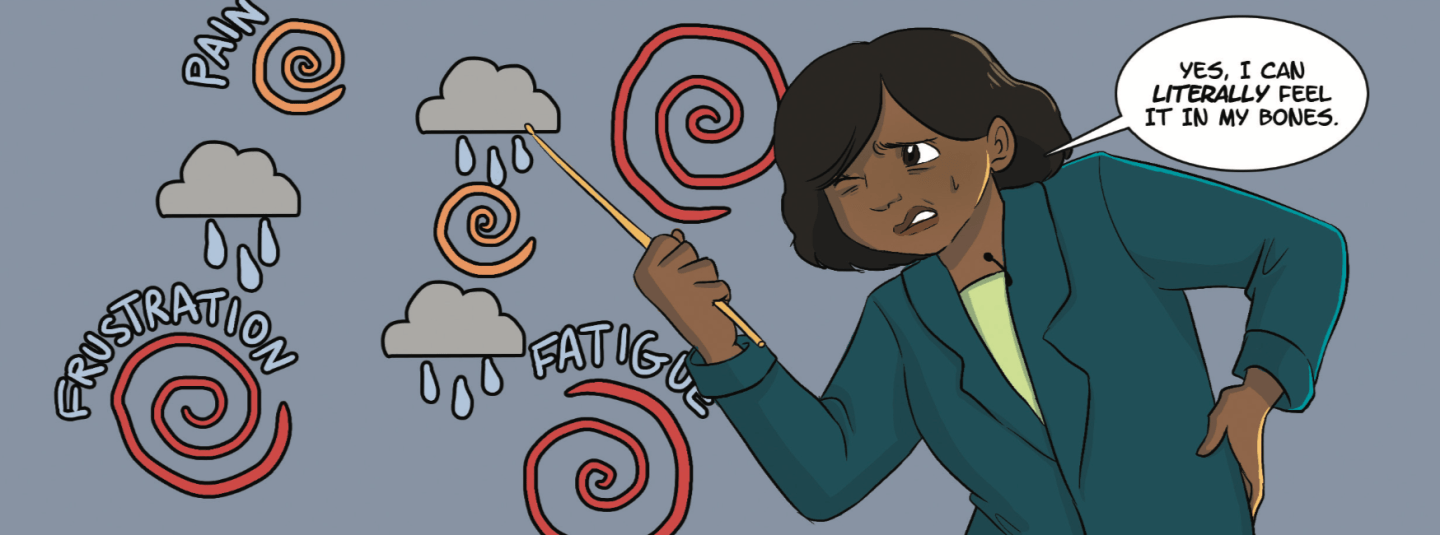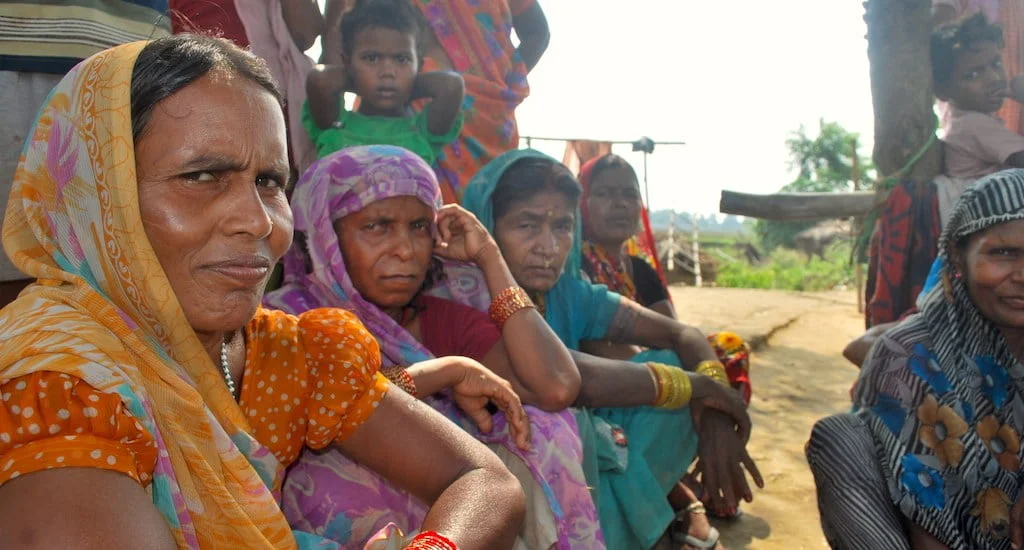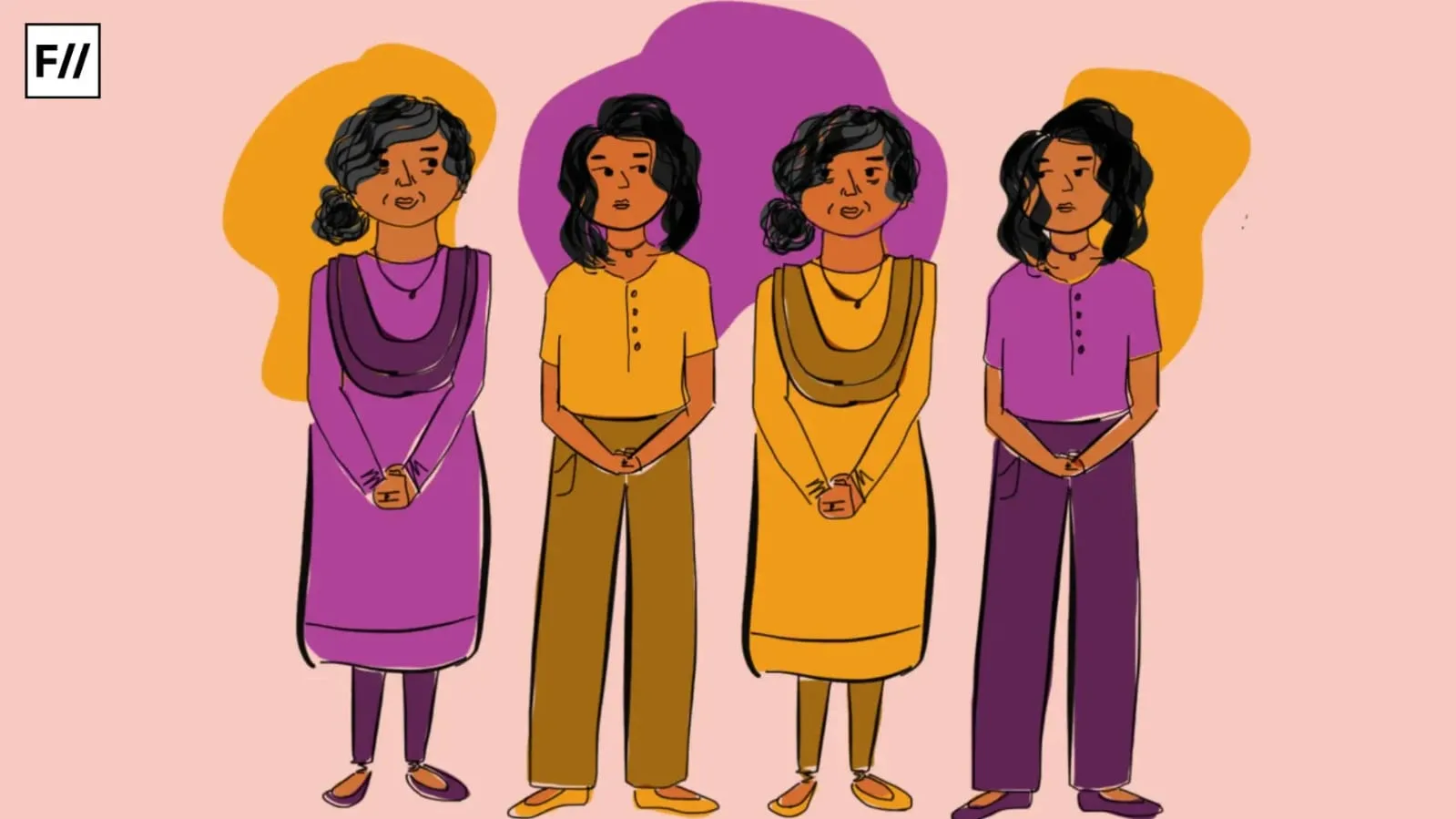Editor’s Note: This month, that is May 2020, FII’s #MoodOfTheMonth is Menstrual Health, where we invite articles about various experiences that revolve around menstruation or the absence of the same. If you’d like to share your article, email us at pragya@feminisminindia.com.
Working from home has been the way of life for me. It allowed me access to multiple projects, flexible timelines, avoiding public appearances and choosing my work environments. I was forced to be in freelancing because of the work impairment PMDD-Fibromyalgia combination causes. Regular office jobs demand workers to be joyful, enthusiastic, energetic, and most importantly, exhibit these emotions overtly. Work from home gave me the liberty to covertly be all the above via words through and email or via texts. It made life much easier. In my case, easier has its own definition, by being able to choose my working patterns.
There are almost a week or two of ‘normalcy’ in a month, so I also get to work on short-term projects as creative consultant and organizer to knowledge festivals, conferences and/or seminars which I chose to work on the days I look and feel like the other co-worker. This was a choice I made after having heard so many questions like, “Oh you have your thing throughout the month”, “Didn’t you just have your periods last week?”, “She might not be in the mood to go out with us, or even if she does come, she will ruin the mood of the party” and so on. Mostly men, and women are usually curious about these month-long symptoms I exhibit. Taking leaves was out of question and going out with colleagues was never a treat to me, so work from home was the only option I had to keep my mental health somewhat sane.
Working from home has been the way of life for me. It allowed me access to multiple projects, flexible timelines, avoiding public appearances and choosing my work environments. I was forced to be in freelancing because of the work impairment PMDD – Fibromyalgia combination causes. Regular office jobs demand workers to be joyful, enthusiastic, energetic, and most importantly, exhibit these emotions overtly.
With COVID-19 in the picture, my normal days were also spent in my bed with a cup of tea on the side and laptop on my tummy. Days loomed further with existential angst and uncertainties of the future for someone who has a work impairment. Friends with full-time jobs are worried about the salary cuts and layoffs, what should a freelancer-not-by-choice be feeling?
It has been over eight years of me living with my symptoms of PMDD and coexisting fibromyalgia, which have taught me to find strength in my weakness and live the vulnerability of alone-ness. Social distancing and quarantine have only made me realize that life will continue to be a coexistence of me and my body, just like how it was in pre-COVID days. To be with another human being has come to a choice with risks, as a package.
To be able to hold hands brings me to the irony of the saying ‘be in touch’. Living with me and body has brought me to a whole new level of understanding of myself as a woman. The past few years of my life has been very similar to the social distancing norms that have been put in place now by the health system. Social distancing is not new to me, I have been away from people and my room has become my world.
Invisible illness like fibromyalgia needs just the smallest of external triggers for its symptoms to flare, and with the world in a pandemic, news is all that my brain needs! Having lived with this all through college life, I have learned to keep check on my mental and physical symptoms and know the drill to keep them in check even to find a good night sleep, let alone other chores of the day. Focusing on mental health became a bigger priority even when that has been the priority for the longest. I guess stating the obvious is very important.
Invisible illness like fibromyalgia needs just the smallest of external triggers for its symptoms to flare, and with the world in a pandemic, news is all that my brain needs! Having lived with this all through college life, I have learned to keep check on my mental and physical symptoms and know the drill to keep them in check even to find a good night sleep, let alone other chores of the day. Focusing on mental health became a bigger priority even when that has been the priority for the longest. I guess stating the obvious is very important.
I delved myself into books and podcasts and away from people. It was an automatic process. I did not have to call and let people know that I am not feeling like speaking to them, because I felt everyone was feeling the same angst I was feeling. I also realized that there are not many whom I had to do that with. Having only a few friends really helped in that way. I was able to just exist. Modern love, the podcast from NYTimes got to me stories of love and life amidst all that is happening around us. If these Ovaries could talk by Jamie Kelton and Robin Hopkins and, Fainting Couch Feminists by Mica Lemiski assure me of a world beyond binaries and boundaries. Simon de Beauvoir, Margaret Atwood, Jhumpa Lahiri, Eve Ensler are keeping me in good company too. I reread The Animal Farm and The Little Prince. I also revisited a couple of Malayalam writers whom I had barely acquainted during my school days.
Moving from books to my next companion/worry, is family. In India, the idea of moving out is a grey area. But staying away from them for work is the option ‘allowed’ and I have been happily exercising that option for the past couple of years. With the lock-down in place, video calls have become a thing, which could have become a thing even before this COVID-19 era, seems to have taken over communication space with family.
Also read: Living With Fibromyalgia: An Invisible And Chronic Illness
It has been over eight years of me living with my symptoms of PMDD and coexisting fibromyalgia, which have taught me to find strength in my weakness and live the vulnerability of alone-ness. Social distancing and quarantine have only made me realize that life will continue to be a coexistence of me and my body, just like how it was in pre-COVID days. To be with another human being has come to a choice with risks, as a package.
The invisibility of the disability worsens it with its combination of gender. The demands of being a productive womxn pulls me from all corners. The questions of society—to be married, to be a mother at the right age, to not stress out parents, to not be the talk of the town by being a rebel—questions of sustaining myself is of the least priority because gender conforming society does not care any further than playing blame games. “If not marriage, set your next goal”, says my dearest mother. I understand where she is coming from, but to set a goal, my body in some way needs to show me that she will be stable, for happy mornings, for healthy personal relationships. It also demands to have non-judgemental co-existing human beings. Umm, where do we find that kind by the way?
The COVID-19 phase definitely gives everyone the time to reflect on what life really has been and how we could really choose to shape it further. Mental health is what surfaces in my thoughts every time I move inside the space I am sheltered in right now. I named my plant; I colour when I feel like it and sleep through my anxiety triggering craving filled mornings. I try to complete my work as much as I can and tell myself that the uneasiness I feel about tomorrow is okay.
Also read: How To Support A Loved One With Multiple Sclerosis
I am seeking help when necessary and it is particularly important to stay afloat amidst all this. So here I am, with my month long PMDD and stress flared fibromyalgia and freelance works which I do not know how long more I will have. I hope the difficult times ahead for people with invisible disabilities like me helps the world to understand that the idea of being ‘productive’ is flawed at its roots, and more stories from people surface the digital platforms.
Exploring avenues of art spaces and gender, mental health and body, research and finding stories, Kshema holds a master’s in development studies from Azim Premji University and currently works with Women in Cinema collective (WCC) as an RA. You can also find her organising art and knowledge fests, ideating for creative workshops and networking. Areas of research interest includes women in art spaces, mental health, invisible disabilities, family and support systems, and the continued fight of a woman to establish herself. Share, speak, write. It’s our story – the motto she lives by. You can find her on Instagram and Medium.
Featured Image Source: Simon R. Stones




